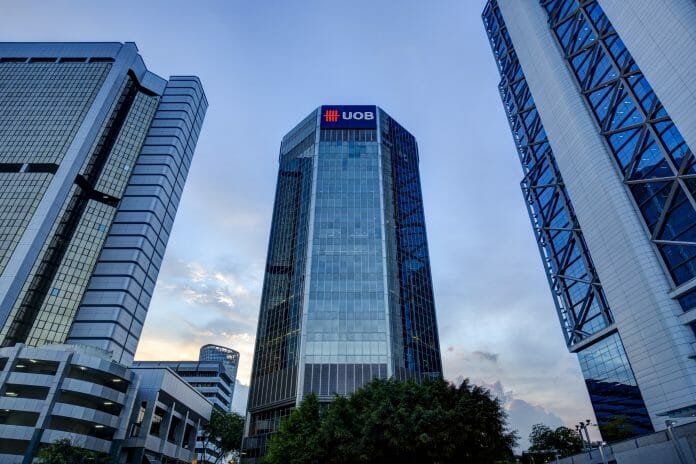RAM Ratings has reaffirmed United Overseas Bank (Malaysia) Bhd’s AAA/Stable/P1 financial institution ratings as well as the ratings of its debt instruments.
The reaffirmation is premised on ready parental support from United Overseas Bank Limited, when needed, given the Bank’s high strategic importance to the latter. The Bank is the Group’s largest asset and profit contributor outside Singapore. UOB Malaysia has an entrenched domestic franchise, solid capitalisation, superior funding, liquidity profile, and sound asset quality.
Owing to the impairment of some rescheduled and restructured business accounts and retail loans under relief, the Bank’s reported gross impaired loan (GIL) ratio escalated to 2.9% as at end-June 2022 (end-2021: 2.6%; end-2020: 1.9%). While the headline ratio is higher than the industry’s 1.8%, this is because of the Bank’s generally stricter GIL reclassification policy where impairments regain performing status only when all arrears have been regularised.
The share of relief loans (including R&R lending due to Covid-19) was 6.4% as at end-February 2022 (average of eight banking groups for January to February 2022: 15%). UOB Malaysia’s largely well-secured loan book and track record of prudent risk management should keep asset quality risks contained. GIL coverage came down to 78% as at end-June 2022 (end-2021: 100%), which is lower than the industry’s 100% as the newly impaired loans are mainly collateralised. Common equity tier-1 (CET-1) capital ratio of 18.0% further bolstered the Bank’s loss absorption capacity to cater to possible delinquencies.
Healthy net interest margins (NIMs) of around 1.9% – 2.0% and relatively low cost-to-income ratios (three-year average: 40%; average of eight banking groups: 44%) have supported UOB Malaysia’s profitability trends. Better fee income and lower credit charges lifted pre-tax profit by 12% to RM1.5 bil in fiscal 2021 (fiscal 2020: -16%). RAM expects earnings this year to benefit from a broader NIM and reduced provisions, although moderated by funding cost pressures from intensified deposit competition and the one-off Cukai Makmur (prosperity tax).
UOB Malaysia’s robust funding profile is supported by vast proportions of current and savings account balances and individual deposits, which made up a respective 39% and 52% of total deposits as at end-June 2022, exceeding the industry’s 33% and 38%. This bears testimony to the Bank’s established foothold in cash management solutions and the strength of its retail franchise. Its latest liquidity coverage ratio and net stable funding ratio were above the respective regulatory minimums.
RAM views positively UOB Malaysia’s proposed acquisition of Citibank Berhad’s (Citi Malaysia) consumer banking business in Malaysia, announced on 14 January 2022. Expected to boost the Bank’s presence and earnings prospects, about 40% of the assets to be acquired are unsecured and chiefly comprise Citi Malaysia’s high-yielding credit card operations. While Citi Malaysia’s unsecured portfolio entails higher risk, we anticipate the impact on UOB Malaysia’s overall asset quality to be manageable. Expected to be completed by 4Q 2022, the transaction is estimated to reduce the Bank’s pro-forma CET-1 capital ratio by a manageable degree. Capitalisation will be gradually rebuilt from consistently healthy earnings accretion.









